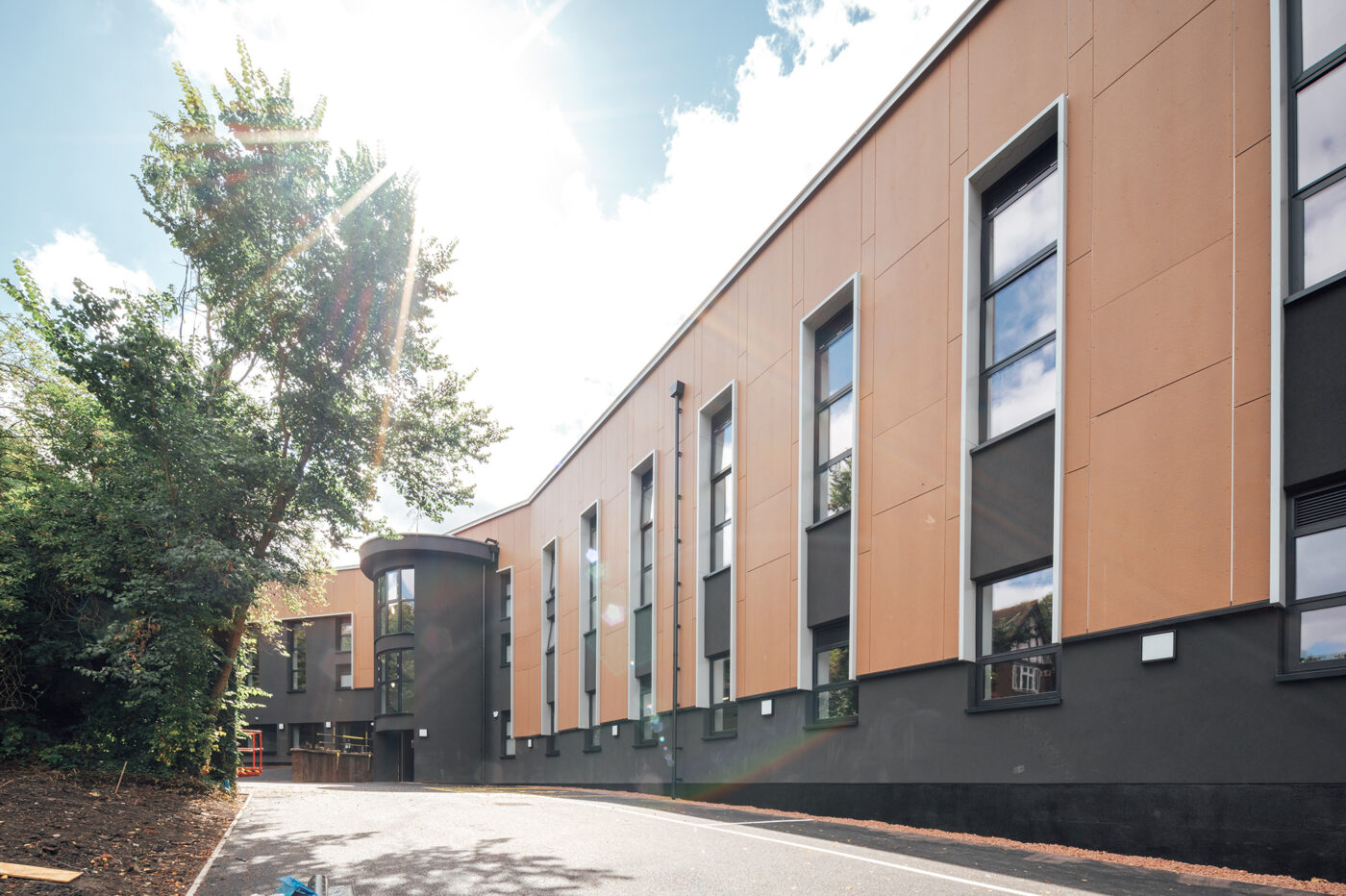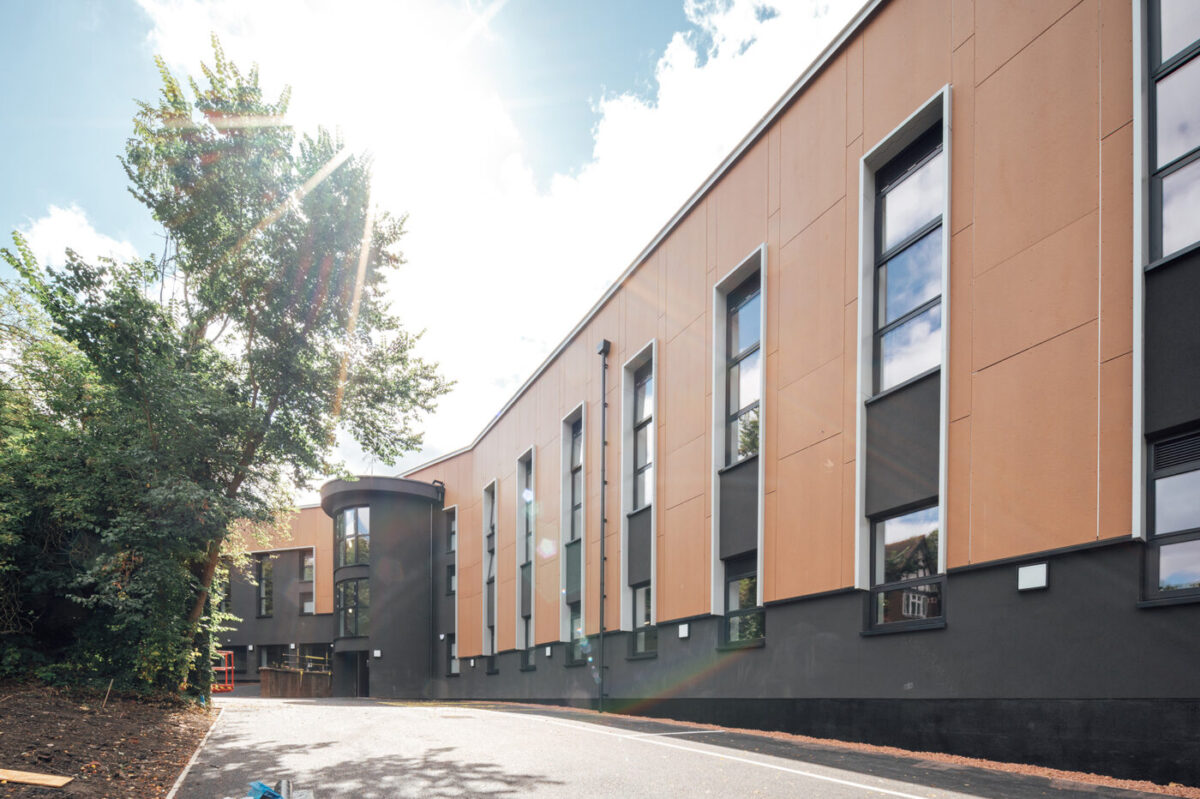The Animal Science Centre at Dudley College is a pioneering retrofit of a 1950s gymnasium, transformed into state-of-the-art animal welfare and teaching facilities. Built in line with Passivhaus principles, the centre features specialist enclosures for small mammals, exotics, aquatics, and reptiles, as well as classrooms, IT labs, and a commercial-grade dog grooming suite.
Initially planned as a new build, the Integrated Project Insurance (IPI) Alliance team challenged this approach, demonstrating that a sustainable retrofit could achieve the same functional outcomes with a lower carbon footprint and reduced costs. This shift not only saved 20% in VAT but also cut embodied carbon to just 51kgCO2e/m², far below LETI school targets of 276kgCO2e/m².
This first-ever sub-£10m IPI Lite project integrated early supply chain involvement, allowing design, cost, and risk planning to evolve collaboratively. Regular alliance board meetings, risk reviews, and digital tracking tools ensured seamless communication. New subcontractors like LGX and GPD Render joined alongside experienced IPI partners, fostering an inclusive, no-blame, shared-risk culture.
Innovative sustainability measures included Passive Purple airtight membrane, 300mm insulation below slab level, and air-source heat pumps, reducing energy demand and reliance on mechanical systems. Live cost modelling ensured every decision provided maximum value, such as choosing below-slab insulation over full slab removal—achieving the same performance at a fraction of the cost.
Three Winning Facts:
- True Integration from Day One – The entire team, including client, designers, contractors, and specialist subcontractors, were engaged from the outset. The IPI Alliance model ensured all parties were procured simultaneously, under the same documentation, fostering a seamless, no-blame culture built on collaboration and shared responsibility.
- Sustainability Through Collective Decision-Making – The team collaboratively proved that repurposing the existing structure was the most sustainable and cost-effective solution. This early-stage alignment ensured that every decision was made with full team input.
- Innovation & Supply Chain-Led Improvements – The collaborative IPI model empowered supply chain partners to contribute ideas that enhanced working practices, sustainability, and efficiency. Decisions were made based on a “best for project” approach rather than individual interests, leading to smarter procurement, streamlined construction, and cutting-edge environmental performance.


